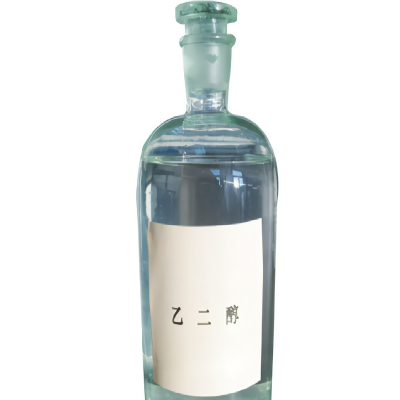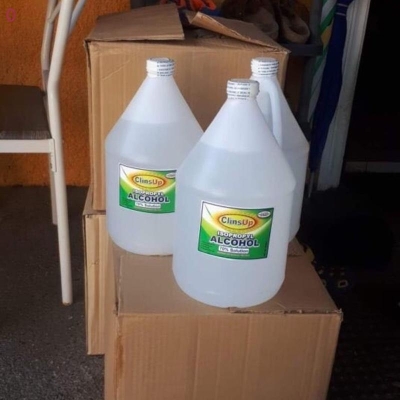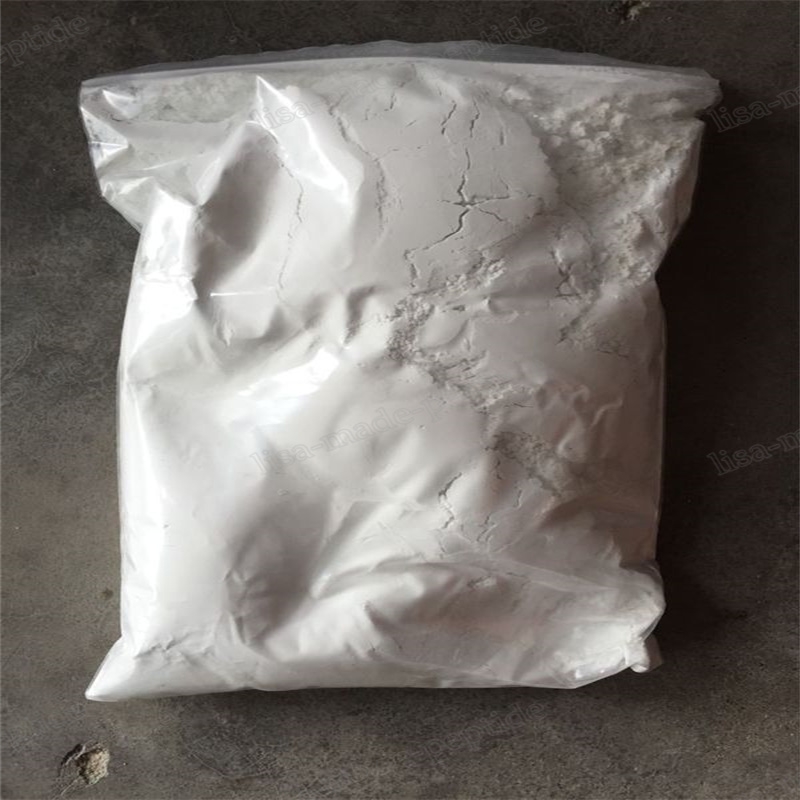-
Categories
-
Pharmaceutical Intermediates
-
Active Pharmaceutical Ingredients
-
Food Additives
- Industrial Coatings
- Agrochemicals
- Dyes and Pigments
- Surfactant
- Flavors and Fragrances
- Chemical Reagents
- Catalyst and Auxiliary
- Natural Products
- Inorganic Chemistry
-
Organic Chemistry
-
Biochemical Engineering
- Analytical Chemistry
-
Cosmetic Ingredient
- Water Treatment Chemical
-
Pharmaceutical Intermediates
Promotion
ECHEMI Mall
Wholesale
Weekly Price
Exhibition
News
-
Trade Service
On November 15, 2020, the "Regional Comprehensive Economic Partnership Agreement" (hereinafter referred to as "RCEP") was formally signed under the organization of the 2020 ASEAN chairmanship of Vietnam.
On November 15, 2020, the "Regional Comprehensive Economic Partnership Agreement" (hereinafter referred to as "RCEP") was formally signed under the organization of the 2020 ASEAN chairmanship of Vietnam.
A, a, RCEP RCEP agreement signed by favorable natural rubber industry agreement signed by favorable natural rubber industry
It is understood that the "Regional Comprehensive Economic Partnership Agreement" (RCEP) negotiations were initiated by 10 ASEAN countries (Indonesia, Malaysia, Philippines, Thailand, Singapore, Brunei, Cambodia, Laos, Myanmar and Vietnam) in 2012 and in 2013 The first round of negotiations was launched in May, and six countries including China, Japan, South Korea, Australia, New Zealand, and India were invited to participate.
It is understood that the "Regional Comprehensive Economic Partnership Agreement" (RCEP) negotiations were initiated by 10 ASEAN countries (Indonesia, Malaysia, Philippines, Thailand, Singapore, Brunei, Cambodia, Laos, Myanmar and Vietnam) in 2012 and in 2013 The first round of negotiations was launched in May, and six countries including China, Japan, South Korea, Australia, New Zealand, and India were invited to participate.
According to statistics, the output of natural rubber in the Asia-Pacific region accounts for about 91% of the global output.
According to the data provided by the Association of Natural Rubber Producing Countries (ANRPC), Thailand, Indonesia, and Vietnam are the top three exporters of natural rubber in the world; China and India are the main importers of natural rubber; Malaysia is both an importer of natural rubber and natural rubber.
It is worth mentioning that China is the world's largest importer of natural rubber, and its import dependence is as high as about 85%.
Therefore, the official signing of the RCEP agreement is conducive to the healthy and rapid development of the natural rubber industry.
2.
Before 2004, China's natural rubber imports had a quota, and the preferential tariff within the quota was 2%.
Although the Chinese tire industry and the China Rubber Industry Association have been calling for the reduction of natural rubber import tariffs, China currently imposes relatively high tariffs on natural rubber imports.
3.
In fact, "composite rubber" and "mixed rubber" are varieties with Chinese characteristics, mainly to avoid the high import tariffs of natural rubber.
From the perspective of the composition of "composite rubber" and "hybrid rubber", both are excellent substitutes for natural rubber, and due to the adjustment of domestic trade policies, the two are showing a trend of ebb and flow.
However, the good times are not long.
Of course, in response to the surge in China's imports of mixed rubber since August 2015, on August 4, 2016, the China Natural Rubber Association and the China Synthetic Rubber Industry Association jointly issued the "General Technical Self-Regulations for Mixed Rubber".
Although the natural rubber market has been hit by the new crown pneumonia epidemic this year, the zero-tariff blended rubber has shined in China's rubber imports in the first three quarters of 2020, far exceeding the import performance of natural latex (the cumulative year-on-year growth is only 0.
16%).
Other types of rubber have declined to varying degrees, especially the cumulative volume of standard rubber imports fell by 24.
82% year-on-year.
If the "Regional Comprehensive Economic Partnership Agreement" (RCEP) is gradually implemented, will it be possible to realize the long-term wish of China’s tire industry and China Rubber Industry Association to "remove natural rubber import tariffs", and then China’s unique hybrid rubber will also After experiencing brilliance with compound glue, it will gradually withdraw from the stage of history! After all, in the same environment with zero tariffs, the quality of mixed rubber composite rubber is completely uncompetitive compared with standard rubber!
If the "Regional Comprehensive Economic Partnership Agreement" (RCEP) is gradually implemented, will it be possible to realize the long-term wish of China’s tire industry and China Rubber Industry Association to "remove natural rubber import tariffs", and then China’s unique hybrid rubber will also After experiencing brilliance with compound glue, it will gradually withdraw from the stage of history! After all, in the same environment with zero tariffs, the quality of mixed rubber composite rubber is completely uncompetitive compared with standard rubber! In summary, the "Regional Comprehensive Economic Partnership Agreement" (RCEP) has been officially signed, and the next issue is how to implement it.
If China lowers import tariffs on natural rubber in 2021, it will have a certain impact on China's domestic natural rubber industry in the short term, especially the high spot price of domestic latex, but in the medium and long term, it will be beneficial to correct domestic and foreign similar products.
Due to the unusually low price of rubber, domestic rubber has regained the favor of downstream customers.
If China lowers import tariffs on natural rubber in 2021, it will have a certain impact on China's domestic natural rubber industry in the short term, especially the high spot price of domestic latex, but in the medium and long term, it will be beneficial to correct domestic and foreign similar products.
Due to the unusually low price of rubber, domestic rubber has regained the favor of downstream customers.
It is worth mentioning that as China's natural rubber tariffs gradually drop to zero, the inferior and high-priced "hybrid rubber" that exists to avoid high tariffs will gradually withdraw from the stage of history like "composite rubber".







